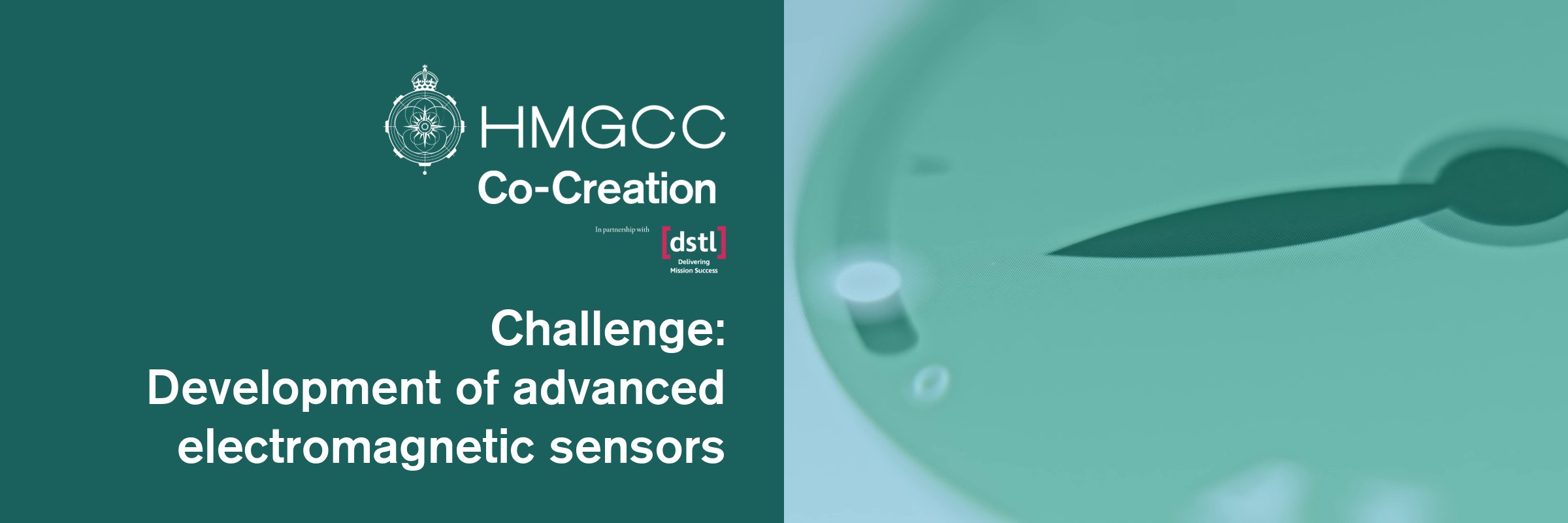Competition opens: Monday 18 August 2025
Clarifying questions deadline: Tuesday 2 September 2025
Clarifying questions published: Tuesday 9 September 2025
Competition closes: Thursday 18 September 2025 at 5pm (UK time)
Applicants notified: Friday 3 October 2025
Pitch day in Milton Keynes: Tuesday 14 October 2025
Pitch day outcome: Monday 20 October 2025
Commercial onboarding begins*: Friday 24 October 2025
Target project kick-off: November 2025
*Please note, the successful solution provider will be expected to have availability for a 1-hour onboarding call via MS Teams to begin the onboarding/contractual process.
Eligibility
This challenge is open to sole innovators, industry, academic and research organisations of all types and sizes. There is no requirement for security clearances.
Solution providers or direct collaboration from countries listed by the UK government under trade sanctions and/or arms embargoes, are not eligible for HMGCC Co-Creation challenges.
How we evaluate
All proposals, regardless of the application route, will be assessed by the HMGCC Co-Creation team. Proposals will be scored 1–5 on the following criteria:
Scope: Does the proposal fit within the challenge scope, taking into consideration cost and benefit?
Innovation: Is the technical solution credible, will it create new knowledge and IP, or use existing IP?
Deliverables: Will the proposal deliver a full or partial solution, if a partial solution, are there collaborations identified?
Timescale: Will the proposal deliver a minimum viable product within the project duration?
Budget: Are the project finances within the competition scope?
Team: Are the organisation / delivery team credible in this technical area?
Invitation to present
Successful applicants will be invited to a pitch day, giving them a chance to meet the HMGCC Co-Creation team and pitch the proposal during a 20-minute presentation, followed by questions.
After the pitch day, a final funding decision will be made. For unsuccessful applicants, feedback will be given in a timely manner.
Clarifying questions
Clarifying questions have now been published here.
These clarifying questions may be technical, procedural, or commercial in subject, or anything else where assistance is required. Please note that answered questions are published to facilitate a fair and open competition.
Routes to apply
HMGCC Co-Creation is working with a multiple and diverse set of community collaborators to broadcast and host challenges. Please follow this link for the full list of community collaborators. If possible, please submit applications via a community collaborator.
If the community collaborator does not host an application route, please send applications directly to cocreation@hmgcc.gov.uk including the challenge title with a note of the collaborator network where this challenge was first viewed.
All information you provide to us as part of your proposal, whether submitted directly or via a collaborator platform, will be handled in confidence.
How to apply
Applications must be no more than six pages or six slides in length. HMGCC Co-Creation reserve the right to stop reading after six pages if this limit is breached.
The page/slide limit excludes title pages, references, personnel CVs and organisational profiles.
There is no prescribed application format, however, please ensure your application includes the following:
Applicant details: Contact name, organisation details and registration number.
Scope: Describe how the project aligns to the challenge scope.
Innovation: Describe the innovation and technology intended to be delivered in the project, along with new IP that will be generated or existing IP that can be used.
Deliverables: Describe the project outcomes and their impacts.
Timescale: Detail how a minimum viable product will be achieved within the project duration.
Budget: Provide project finances against deliverables within the project duration.
Team: Key personnel CVs and expertise, organisational profile if applicable.






